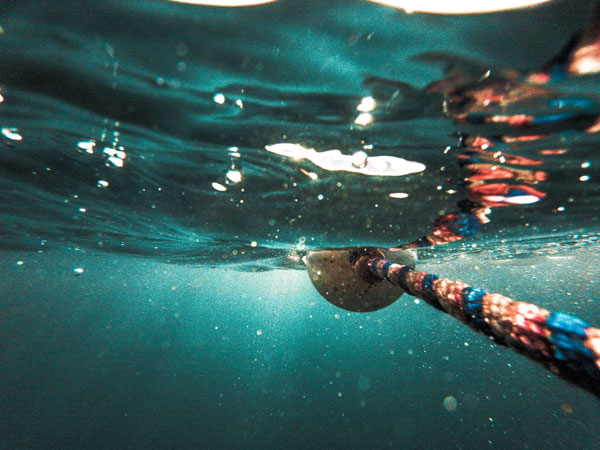Shallow Water Blackout: A Swift & Silent Killer

If you’ve ever played a game of who can hold their breath underwater the longest, you probably were not aware of just how risky this behavior can be. The fact is that breath-holding games, even among strong swimmers, can result in serious injury or even death. The condition is often referred to as Shallow Water Blackout and this is the reason why these activities should not be allowed in any facility.
Shallow Water Blackout is an important topic covered during the Lifeguard Training class. It’s important that all lifeguard candidates learn about the risks to swimmers so they can help prevent incidents and respond to emergencies. Drowning is a leading cause of death; the CDC reports that, “Every year in the United States there are an estimated 3,960 fatal unintentional drownings — that is an average of 11 drowning deaths per day.” We all must work together in sharing the responsibility of preventing drownings and injuries in the pools under our care.
What is Shallow Water Blackout?
The basic explanation of Shallow Water Blackout is the swimmer faints underwater after a long period without oxygen. This is the body’s natural response to protect us from suffocation and begin breathing normally. Of course, if someone faints underwater there is no air for an unconscious person to breathe.
When the swimmer has extended periods of breath holding underwater, the body begins to hyperventilate meaning that there is a significant decrease of carbon dioxide in the bloodstream. The swimmer in this condition will not get the normal urge to breathe before they fall unconscious. When the brain loses oxygen the swimmer can suffocate in a matter of two minutes.

Despite the name, Shallow Water Blackout does not always occur in shallow water. It’s quite common in deep water diving, free diving, or just in your neighborhood pool. For it to occur, the swimmer goes under what is referred to as the static waterline, usually a few feet under water.
This isn’t exclusive to inexperienced swimmers. Anyone can succumb to falling unconscious in any water depth. For instance, kids playing a game of who can hold their breath underwater the longest, or even a well-conditioned competitive swimmer in a routine practice.
You can hold your breath underwater a hundred times and be unaffected, but it is still a risky activity that can lead to Shallow Water Blackout.
What to do about Shallow Water Blackout
You can help prevent Shallow Water Blackout by practicing your active scanning techniques to identify a Guest in Distress characterized in your Lifeguard Training Manual. This is typically a person either vertical in water with little to no arm and leg movement, or a person struggling to keep their head/mouth above water.
In any case, if you are unsure, remember “If You Don’t Know, GO!” It is always better to jump in and give minor assistance than to wait and find out if a person is struggling or not.
While on duty, discourage guests from going for long periods while holding their breath underwater and stop any breath holding games before they even start. Prevention will be your best defense against Shallow Water Blackout.
